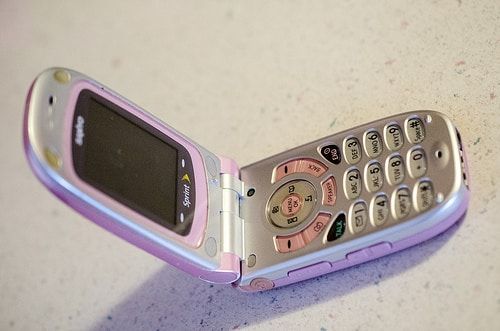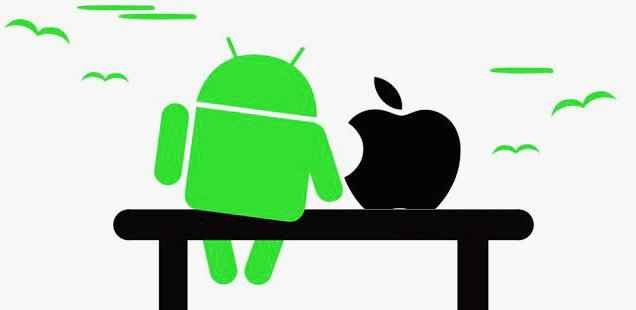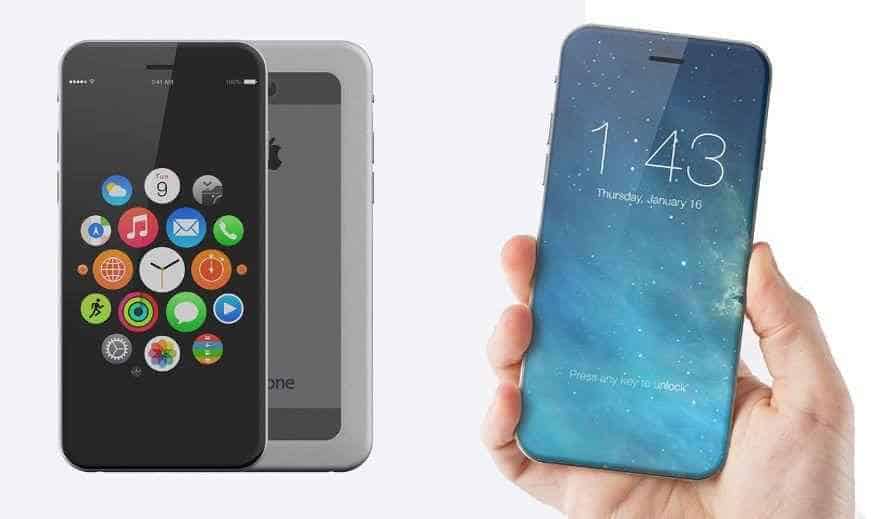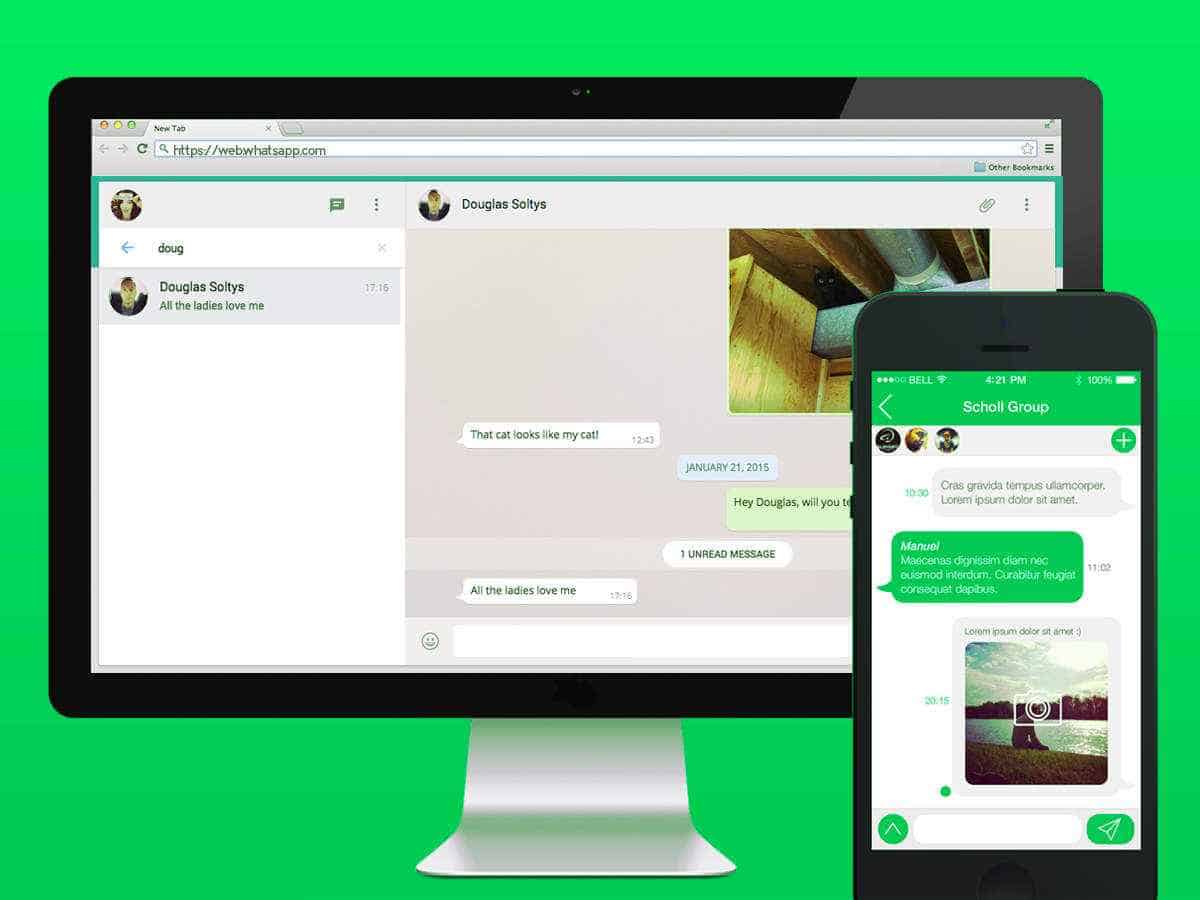The History of the Cell Phone Plan: 5 Things You Never Knew
It seems like everyone has a cellphone, and if you don’t, you probably will soon. In 2013 Times Magazine reported that of the 7 billion people in the world, 6 billion owned a mobile phone. To put this into perspective, only 4.5 billion people at the time had access to a plumbed toilet. It’s not unusual for natives in remote villages around the world to own a cellphone. From the first car phone to today’s smartphone, the device has changed drastically over time. This is the history of the cellphone plan and five things you never knew.
The First Mobile Phone Call
In 1973, while disco lovers were learning the hustle, and a whole decade before the first cellphone would be offered to consumers, the first cellphone call was made. Martin Cooper, a Motorola researcher and executive, successfully made a call to Dr. Joel Engel of Bell Labs. The call was placed using one of the initial prototypes of the DynaTAC cellphone. It weighed a whopping 2.4 pounds and was over 9 inches long.
The First Cellphone Available to the Public
Cell phones were originally designed so people could talk while they were driving. That’s why they were originally called “car phones.” The early car phones were huge, awkward, and extremely expensive. The very first car phone was introduced in 1983 by Motorola. The DynaTAC 800x was considered state-of-the-art and was priced at about $4,000. It only lasted for around 30 minutes before it would need to be recharged. It was approximately 11 inches long and came in its own little suitcase. For the first time ever, a person could call someone without the limitations of wires.
The Cost of Service Plans
In the beginning, it cost over $1 a minute to use a cellphone. Since the concept of texting and data didn’t yet exist, phones were only used for calls. Customers also had to pay a monthly fee that cost hundreds of dollars. Plus, there were additional fees for using it outside of your service provider’s coverage area, which was called roaming. Roaming charges were outrageous, so most customers tried to avoid using their cell phones outside of their carrier’s network.
In the mid-1990s, some carriers began offering free nights and weekends. Customers could make free calls after particular hours and anytime on the weekends without being charged the normal per-minute rate. Often people would wait until those times to use their cellphone. Some service providers also started offering free in-network calling to encourage friends and family to use the same carrier.
The First Smartphone
Many people consider the IBM Simon the world’s first smartphone, which was released for sale in early 1993. Compared to today’s standards, it was pretty strange looking and not very user-friendly. It contained a calendar, address book, notepad, email, and clock. It had a QWERTY keyboard and even some apps. The IBM sold fairly well across the U.S., selling about 50,000 units from August 1994 to February 1995.
Introducing 3G

Image via Flickr by m01229
By the millennium, a smartphone wasn’t enough, customers also wanted to use the internet and stream entertainment. In May 2001, the first 3G phone was introduced in Tokyo. The main difference between 2G and 3G was that 3G used packet switching, allowing for faster data transmission speeds. For the first time in history, mobile phones were fast enough to view online video and listen to streaming music. The first 3G phone was called The Simon Personal Communicator and sold for a price of $899 with a two year contract or $1,099 without a contract. It was offered throughout Bell’s 15 state region.
Cellphone plans are still changing to meet consumer demands. Many carriers have moved away from requiring contracts and now offer month-to-month options. Some providers, like T-Mobile, also offer unlimited data plans. Prepaid phones have also become more popular because they don’t require a credit check. Data usage is now the biggest part of billing and are usually what drives the price of the plan. It’s an ever changing world, especially when it comes to cell phones.




